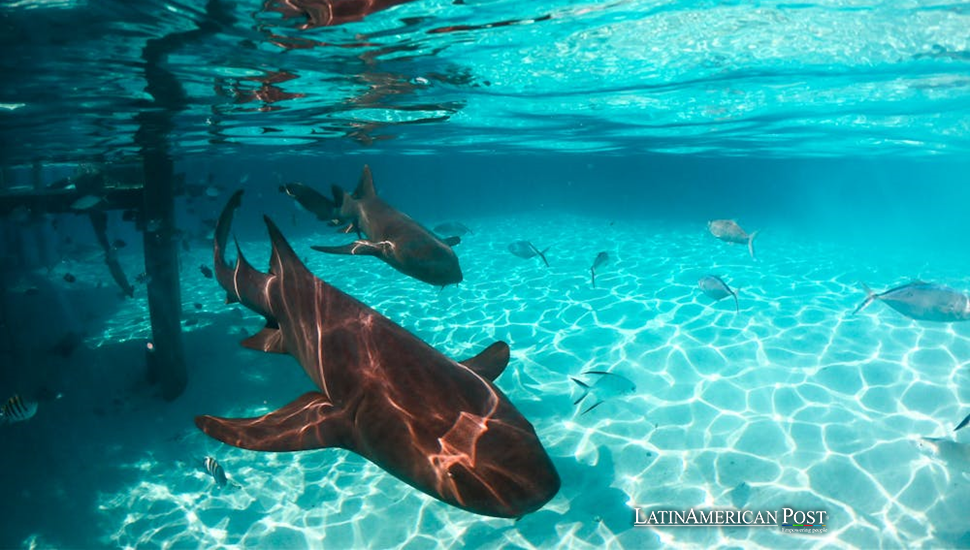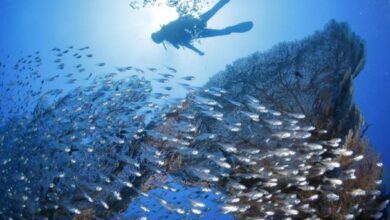Bahamas Protects Oceans with Groundbreaking Debt-for-Nature Deal

The Bahamas has taken a transformative step to safeguard its marine ecosystems by refinancing $300 million in debt. This pioneering initiative, supported by global partners, frees up $124 million for conservation projects, setting a new standard in debt-for-nature agreements and inspiring hope for the future of global conservation.
A Bold Approach to Marine Conservation
The Bahamian government unveiled an ambitious plan to refinance $300 million of its external debt in partnership with The Nature Conservancy, the Inter-American Development Bank, and other financial institutions. This debt-for-nature swap is the fifth of its kind globally, joining similar efforts by Seychelles, Belize, Gabon, and Barbados.
The deal releases $124 million for marine conservation and projects to reduce climate change over the next 15 years. The Bahamas will create an endowment fund. This fund will support these efforts after the initial project period. “This project doesn’t just support biodiversity and climate objectives; it also underpins the economy and the livelihoods of many people,” said Shenique Albury-Smith, deputy director for The Nature Conservancy in the Bahamas, in an interview with the Associated Press.
How the Debt-for-Nature Swap Works
The main part of the deal involves the Bahamian government buying back its debt through a new loan from Standard Chartered, which has lower interest rates. This new arrangement relieves financial pressure on the nation and directs savings into environmental projects.
Private companies participate in this agreement, which distinguishes it from earlier debt-for-nature swaps. Builders Vision, a private investor, acts as a co-guarantor. AXA XL, a private insurer, supplies credit insurance. This new model secures funding. It really adds financial stability to the initiative, which is important.
Melissa Garvey, global director of The Nature Conservancy’s bond program, emphasized the global impact of such agreements. “The combined conservation areas protected by these deals are larger than the Gulf of Mexico,” she noted, highlighting the interconnectedness of global conservation efforts.
The Bahamas’ deal also incorporates climate change mitigation for the first time in the history of debt-for-nature swaps. This part is essential for the low-lying group of islands. Rising sea levels and extreme weather events pose serious threats. Hurricane Dorian was a very strong storm that hit these islands in 2019. It was a Category 5 hurricane and caused a lot of damage.
Protecting Ecosystems and Fisheries
The money from this agreement will focus on protecting and restoring essential ecosystems like mangroves and seagrass beds. These areas are significant for biodiversity and are excellent carbon sinks. Mangroves, for instance, store more carbon dioxide per unit area than tropical forests. Their protection is an essential step in fighting global warming. Protecting mangroves and seagrass is crucial. It helps fight climate change and protect biodiversity, said Albury-Smith, underscoring the urgent need for climate action.
Efforts in marine conservation will also support the stability of fisheries in the Bahamas. Fisheries are a central part of the country’s economy. The spiny lobster industry alone brings in about $100 million every year. Practicing sustainable fishing and protecting marine habitats is crucial. It is essential for the long-term health of these fisheries and the jobs they provide.
The initiative builds on the Bahamas’ strong conservation history. The nation has already protected over 17% of its coastal waters—equivalent to more than 16 million acres of ocean. Notably, the Bahamas established the world’s first land and sea park in 1958 at Exuma Cays, setting a precedent for global marine conservation.
A Model for Global Climate Action
The Bahamas’ debt-for-nature deal shows a creative way to tackle both money problems and environmental crises. This agreement involves private investors and insurers. It highlights the power of public and private partnerships to support global conservation goals. “This deal shows that many people understand now that saving the environment and having a strong economy work together,” said Albury-Smith. “Other countries might use this idea to protect their natural resources. They could also address financial difficulties in the process.”
The effects reach far beyond the Bahamas. Climate change speeds up and endangers ecosystems everywhere. Nations in trouble might find hope in similar debt-for-nature deals. This could happen with the joint force of international groups, private investors, and local governments. These efforts may protect critical habitats and biodiversity worldwide.
The Bahamas stands ready to show others the way. Strategic investments in nature could benefit people, the environment, and the economy.
Also read : Inflation Surge in Latin America’s Top Economies
This pioneering debt-for-nature swap in the Bahamas bolsters its marine conservation work. It sets a new standard for creative answers to climate and economic issues. As the nation navigates this transformative path, it offers hope and inspiration for global action on sustainability and resilience.




